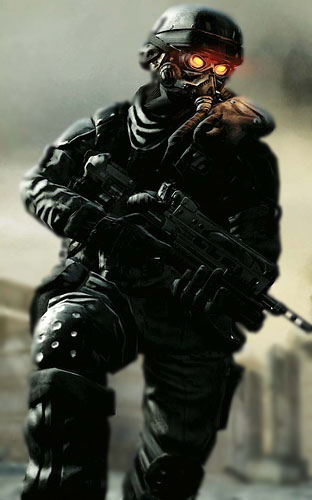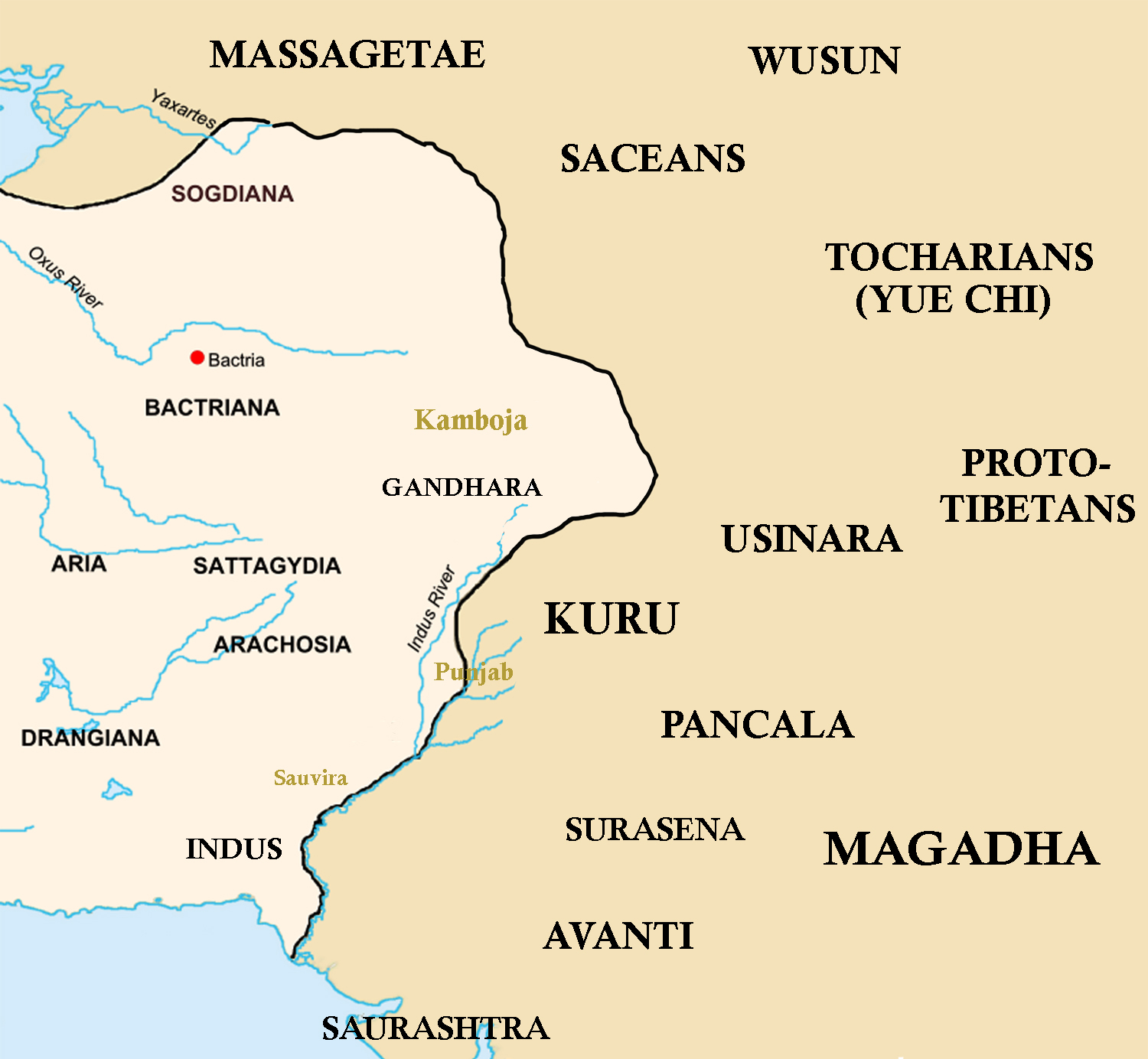The area around Persia was a well known crossroads for many ethnic groups with various features. This is documented clearly in many of the surviving portraits and sculptures from the time. Keep in mind that the so called "Caucasian" phenotype was common place in Persia and areas to the North into what is now Russia. Look at the photo of Alexander in his victory over the Persians and you will see the people documented in this artwork. The style of dress and appearance is a common form going all the way back to the Greek sculptures of warfare against Persia, with Persians wearing cloaks, coats, trousers and Phygian caps. These various groups were at various stages at war with the Persians, paying tribute (Behistun/Perseipolis) or allies, depending on the time period. And by the time of the Islamic conquest there were many fragmented states among the various clans and ethnic groups. And this mixture of various Eurasian populations still exists in the former 'stans of central Asia: Afghanistan, Uzbekhistan, Kazakhstan, Kyrgyzstan, Tajikistan and so forth. These people along with other ethnic populations from Central, Southern and Eastern Asia formed the backbone of the Silk road. And from a military perspective this combination of Persian and Scythian along with Asian and Indian traditions became the basis of the cataphract tradition in later Persian dynasties with offshoots in Armenia (Caucasus proper) and the Tang dynasty through trade and high level contacts. But these mini me kingdoms could not last as the larger Islamic empire expanded and absorbed some of these traditions and the Mongol hordes started marauding from the East, as Persia proper was worn down from constant warfare with Rome.
Colored images of the Alexander Sarcophagus:
Eastern Borders of the Persian Empire
Alexander fresco from Pompeii:






 Reply With Quote
Reply With Quote




















